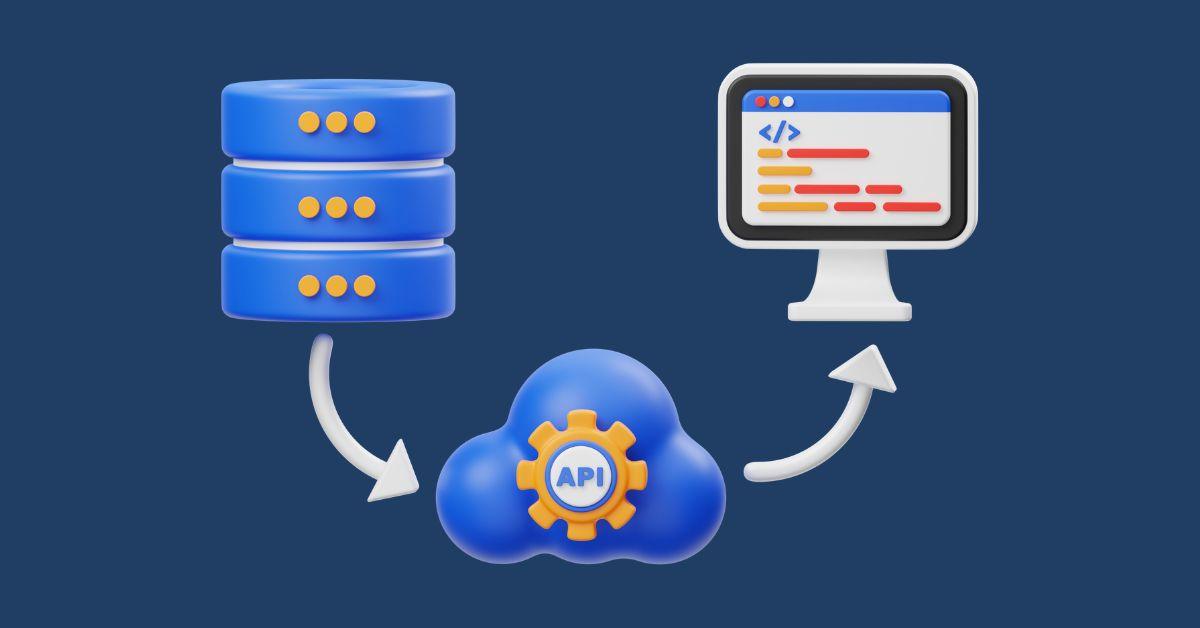Introduction: Navigating the Complex World of API Security
In our increasingly digital world, Application Programming Interfaces (APIs) are the backbone of modern software development, with their security being paramount. Vulnerabilities in APIs can lead to serious issues like data breaches and unauthorized access. This article delves into common API security vulnerabilities and best practices to counter them, drawing on real-world examples and actionable advice. For a deeper dive into API fundamentals, check out The Ultimate Guide to APIs.
Before diving into solutions, it's crucial to understand the common threats that APIs face. Our comprehensive Ultimate Guide to APIs provides an in-depth look at the API landscape, setting the perfect backdrop for this discussion.
Injection Attacks: Injection flaws, such as SQL, NoSQL, and command injection, occur when untrusted data is sent to an interpreter as part of a command or query. This can lead to data loss, corruption, or even exposure.
Broken Authentication: APIs that don't adequately protect authentication mechanisms can be prone to misuse. This might result in compromised encryption keys or user credentials.
Excessive Data Exposure: APIs often expose more data than necessary, and if developers aren't careful, sensitive data could be at risk.
Lack of Resource & Rate Limiting: Without proper limitations, APIs can be vulnerable to Denial-of-Service (DoS) attacks or be overused by malicious actors.
Injection Attacks: The Persistent Threat
Understanding Injection Attacks: SQL Injection remains a prevalent threat to API security. Attackers exploit these vulnerabilities to execute unauthorized commands or access sensitive data.
Real-World Example: The 2019 breach of a major corporation due to SQL Injection, as detailed in our Ultimate Guide, highlights the danger of inadequate input sanitization.
Best Practices:
- Use prepared statements and parameterized queries, as discussed in our API Design Principles.
- Sanitize inputs using regular expression validators.
- Deploy web application firewalls (WAFs) to thwart injection attacks.
Authentication and Authorization: The Keystone of API Security
Exploring OAuth 2.0 and JWT: Effective authentication and authorization are crucial for API security. Our guide explains how OAuth 2.0 and JSON Web Tokens (JWT) play a critical role in secure information transmission.
Best Practices:
- Implement OAuth 2.0 for secure authorization, as illustrated in our Authentication & Authorization section.
- Use JWTs for secure, token-based authentication.
- Restrict access using Role-Based Access Control (RBAC).
Encryption: A Dual-Layered Approach
Securing Data in Transit and at Rest: Encryption safeguards sensitive data. SSL/TLS are standard for data in transit, while our guide covers various data-at-rest encryption methods.
Best Practices:
- Use SSL/TLS for data in transit, employing tools like Let’s Encrypt.
- Encrypt data at rest using robust algorithms and manage encryption keys diligently.
Rate Limiting and Throttling: Balancing Access and Security
Preventing System Overload: Rate limiting, a concept detailed in our guide, is vital for preventing API abuse and maintaining availability.
Best Practices:
- Apply rate limiting via Token Bucket or Leaky Bucket algorithms.
- Clearly outline rate limits in API documentation and through API response headers.
Advanced Security Measures: Gateways and WAFs
Using API Gateways and WAFs: API gateways offer an additional layer of security, with features like authentication and monitoring. WAFs block malicious requests, further protecting your API.
Regular Security Audits and Updates
Maintaining Vigilance: Regular security audits and updates are essential. Stay current with security patches and periodically audit your APIs for vulnerabilities.
Common Pitfalls to Avoid
- Ignoring Security Patches: Always keep your software and libraries up to date. Ignoring patches can leave your APIs exposed to known vulnerabilities.
- Hard-Coded Credentials: Never hard-code credentials within your API code. These are easy targets for malicious users.
- Overlooking Logging and Monitoring: Effective logging and monitoring can help you spot unusual patterns that might indicate a security breach.
Extended Template Section for API Security Best Practices
Input Validation Template for APIs
- Context: Ensuring safe and valid data input in APIs.
- Implementation: Use middleware for input validation.
-
Express.js Example:
This Express.js code snippet demonstrates the use ofjavascript
const express = require('express'); const { body, validationResult } = require('express-validator'); const app = express(); app.use(express.json()); app.post('/api/data', [ body('email').isEmail(), body('password').isLength({ min: 5 }) ], (req, res) => { const errors = validationResult(req); if (!errors.isEmpty()) { return res.status(400).json({ errors: errors.array() }); } // Proceed with processing request... }); app.listen(3000, () => console.log('Server running on port 3000'));express-validatorfor checking the validity of email and password fields.
Rate Limiting Example with Express.js
- Context: Implementing rate limiting in Express.js-based APIs.
- Implementation: Use a rate limiting middleware.
-
Express.js Example:
This code snippet integratesjavascript
const express = require('express'); const rateLimit = require('express-rate-limit'); const limiter = rateLimit({ windowMs: 15 * 60 * 1000, // 15 minutes max: 100 // limit each IP to 100 requests per windowMs }); const app = express(); app.use(limiter); app.get('/', (req, res) => { res.send('Hello, World!'); }); app.listen(3000, () => console.log('Server running with rate limiting'));express-rate-limitmiddleware into an Express.js application, enforcing a maximum number of requests per IP address within a specified time frame.
SQL Injection Prevention Template
- Context: Secure against SQL Injection in APIs.
- Implementation: Use parameterized queries or prepared statements.
-
Template:
Replace direct user inputs with placeholders (‘?’) in SQL queries.sql
SELECT * FROM users WHERE username = ? AND password = ?
JWT Authentication Header Template
- Context: Implementing JWT for secure token-based authentication in APIs.
- Implementation: Use a standard JWT header.
-
Template:
This JSON structure represents a typical JWT header, specifying algorithm and token type.json
{ "alg": "HS256", "typ": "JWT" }
SSL Certificate Generation for Data Encryption
- Context: Encrypting data in transit in APIs.
- Implementation: Generate SSL/TLS certificates.
-
Template:
Use OpenSSL to create a self-signed certificate for data encryption during transit.bash
openssl req -new -x509 -days 365 -nodes -out cert.pem -keyout key.pem
These templates provide a practical starting point for addressing common security concerns in API development. From input validation to rate limiting, they are essential tools to help mitigate risks and secure your API endpoints. For more comprehensive insights and guidance, be sure to explore The Ultimate Guide to APIs.
Conclusion: Building a Secure API Ecosystem
Effective API security is a continuous endeavor involving monitoring, updating, and adapting to new threats. Understanding vulnerabilities and implementing best practices significantly reduces risk. Share your experiences or tips in the comments, and continue your API education with The Ultimate Guide to APIs 2023, a resource rich in insights and practical advice on API development and security.




